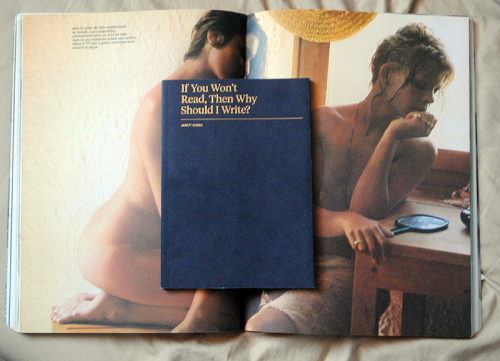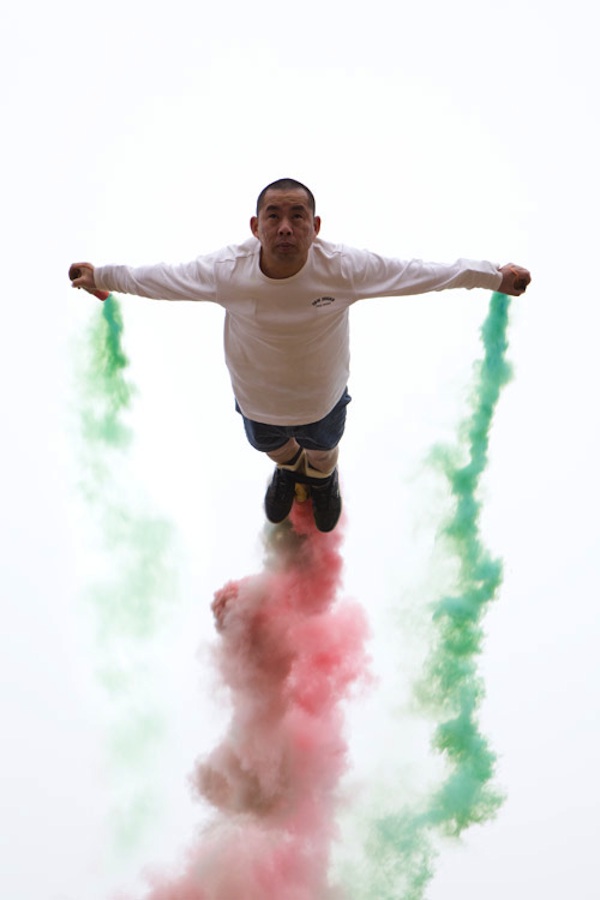25 Points: The Drowned World
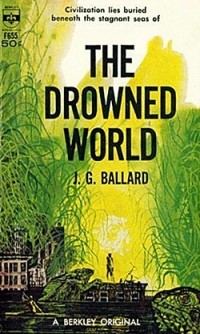 The Drowned World
The Drowned World
by J.G. Ballard
Berkley Books, 1962
208 pages / $23.95 buy from Amazon
1. “All the way down the creek, perched in the windows of the office blocks and department stores, the iguanas watched them go past, their hard frozen heads jerking stiffly. They launched themselves in the wake of the cutter, snapping at the insects dislodged from the air-weed and rotting logs, then swam through the windows and clambered up the staircases to their former vantage-points, piled three deep across each other.”
2. Freak extreme sunspot activity melts the polar ice-caps and reshapes the geography of earth. Humanity has migrated to the far north, and the cities of Europe are transformed into lagoons festering with lizards, mould, and ancient plant life. It’s the Triassic, part two.
3. The action focuses on two male biologists cataloguing new species in the lagoon that was once London, and a marooned heiress living in a half-flooded luxury apartment building. The biologists arrive with a military expedition charting the tributaries of the lagoon and surrounding islands. Despite the setting, it’s a boring premise, and it’s a relief when the main body of the expedition returns north.
4. Before the expedition leaves nearly everyone in the lagoon has started to dream about
a pulsing drum beat and “prehistoric sun”, which the biologists determine is a part of
“repressed” primordial memory, dating back to humankind’s earliest verterbrate
ancestors. #is is the main idea of the book. When I %rst got to this part I rolled my
eyes because it’s exactly that idea of “repressed primal drives” that I would expect was
trendy in the 60s and 70s (!e Drowned World was released in 1962). It reminded me
of the movie Wake In Fright, released in 1971, in which a prissy Australian schoolteacher
loses all of his money and basically gets his ass kicked by the Outback.
5. More things the idea of “repressed primal drives” reminded me of: “bogus ‘tribal’ art,”
“shag carpet,” “puma musk,” “gold medallions,” “whiskey,” “leopard print,” “snake
leather,” “open button-up shirts,” “Don Johnson’s alligator in Miami Vice,” “doing a lot
of cocaine,” “desperate misogyny.”
6. In Wake in Fright, the protagonist survives solely on the hospitality of strangers who
get him shitfaced and expect him to fire rifles while shitfaced. The movie is about a lot
of things, and it would be reductive to say otherwise, but contained within its premise
is the idea that there is a monstrous primal animal heart beating in the centre of
everyone. Wake in Fright handles this idea much better than The Drowned World: it’s
far more subtle, for one thing, which I think is partly due to the fact that it’s not
science fiction, although aside from its setting The Drowned World is not particularly
wild or exaggerated. And the Outback in Wake in Fright could almost pass for the
setting of a science fiction movie.
7. Wake in Fright’s excess is the result of despair or boredom whereas in The Drowned
World it is seen as a release or panacea.
8. As a title, !e Drowned World is almost too accurate, ultra-descriptive and relatively
bland, and the text doesn’t really exceed or challenge or stretch its boundaries. I don’t
think a work of fiction has ever delivered as well as The Drowned World does on the
implicit promises its title makes, and yet I’ve never been quite so disappointed. For a
post-apocalyptic wasteland, this was fairly standard fare, except perhaps for sections
like the passage I quoted in the first point.
9. “Drowned world,” “subconscious memories,” I get it, still boring.
10.Science fiction is, of course, always a better indicator of the time in which it is written
than that time’s future, but this book was too often derailed by its insistence on
remaining inside 1960s moral and social codes, as well as that time’s prejudices. This is
the main problem with The Drowned World. READ MORE >
June 13th, 2013 / 12:25 pm
Hanging Out vs. Being Hanged: An Interview with Jarett Kobek
Jarett Kobek is the author of ATTA, from Semiotext(e), and the forthcoming If You Won’t Read, Then Why Should I Write? on Penny-Ante Editions.
If You Won’t Read…, often referred to by Kobek as “The Sex Tapes Book,” is a collection of the coincidental dialog from celebrity sex tapes (and some other hyper-media-based ‘tapes’) transcribed and presented as a text. Included alongside these transcriptions is the criminal records of the celebrity whose dialog is on display. Riding a fine line between conceptual writing, humor, gossip, and ‘alt-lit,’ the book ends up being hilariously funny while resonating with an intense cultural relevance.
I sat down with Jarett one afternoon at a café in San Francisco’s Mission District to talk about his new book. The hour-long conversation, covering everything from Normal Mailer to Jennifer Lopez to Miley Cyrus’s shamanic trip, is available to listen to below:
Interview with Jarett Kobek, Part 1
Interview with Jarett Kobek, Part 2
Pre-order If You Won’t Read, Then Why Should I Write? at Penny-Ante Editions.
HORMONAL DYSTOPIAS
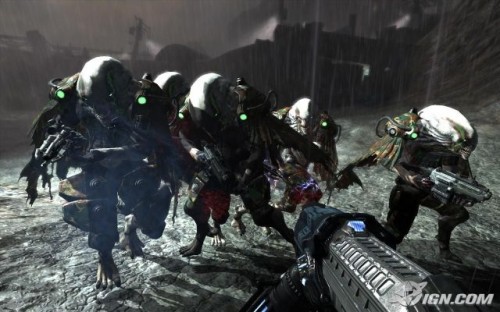
Did you read the recent, and excellent, Laura Miller piece in the New Yorker about dystopic YA literature? It’s built around Suzanne Collins’ massively popular Hunger Games novels, which I’ve read (clumsy sentence-for-sentence writing, but great/addictive plotting) and which are basically Battle Royale for younger readers (group of kids dropped into arena/island, forced to hunt and kill each other as part of a game)… but it also name-checks the great House of Stairs and Singularity author William Sleator (with whom I once did an interview in which he effectively came out of the closet), Patrick Ness (whose The Knife of Never Letting Go had big problems, but was still immersive), and M.T. Anderson, whose amazing novel Feed is like A Clockwork Orange or The Informers or J.G. Ballard stuff masquerading as a YA novel. It’s really brilliant in every respect including the prose, and you should read it immediately if you haven’t and you’re into that sort of thing.
June 24th, 2010 / 11:05 am
My favorite book cover ever
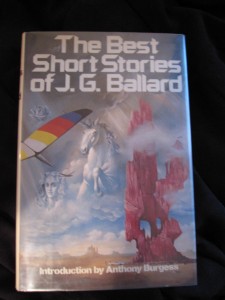
That, friends, is a fucking cloud unicorn.
Jacket art is an interesting thing. Besides blurbs, it’s one of the factors that most influences your casual, agendaless bookstore browser (as well as your rating on Jimmy Chen’s list, or so I like to believe). It is with this in mind that I’d like to share with you the greatest piece of cover art ever made. I came across this Kosygin-era collection of Ballard short stories last week while buying flannel in a thrift store, and I haven’t even really been able to get past the cover yet to start reading the stories. Besides the cumulo nimbus unicorn and rose and torso-less cloud lady, there is also a jauntily colored glider flitting around that mighty rock formation to the right. Directly underneath that monolith is what looks like some kind of Dodge Dart that probably gets 13 miles to the gallon and two people talking, probably about the Jets and their improbable 3-0 start (Ballard was something of a futurist, after all). Actually, you probably can’t see that part, due to the poor quality of my photography skills. How does it all tie together? Knowing Ballard, probably with the unicorn partially dismembered and violated.
JGB: Gone too soon.

